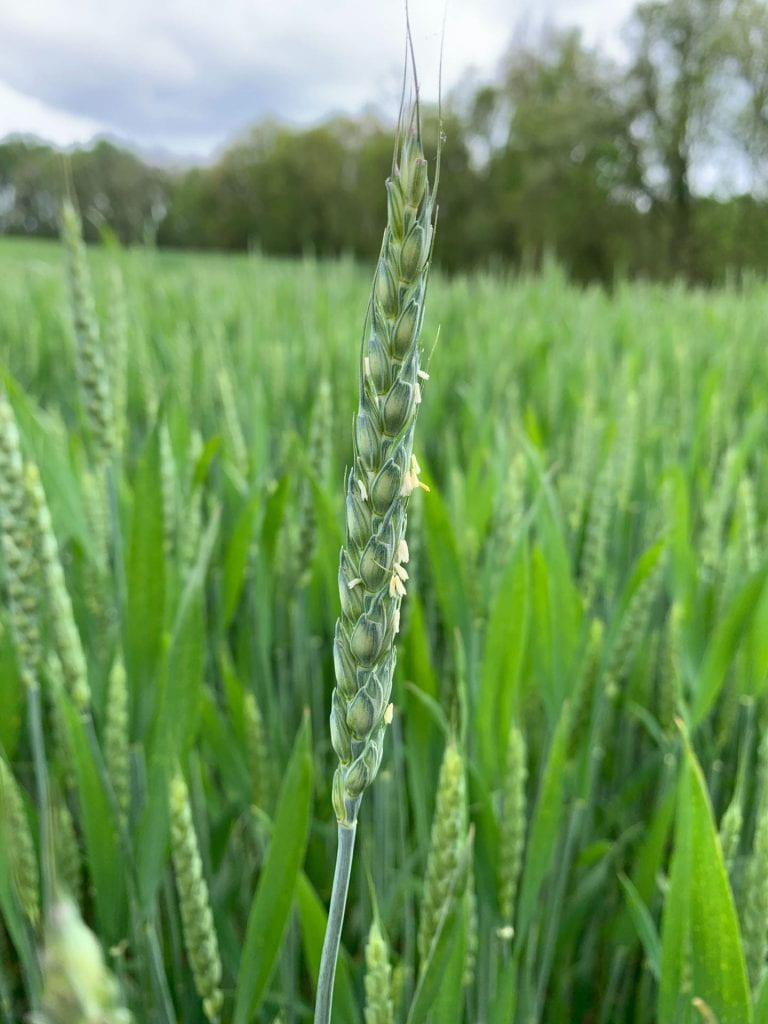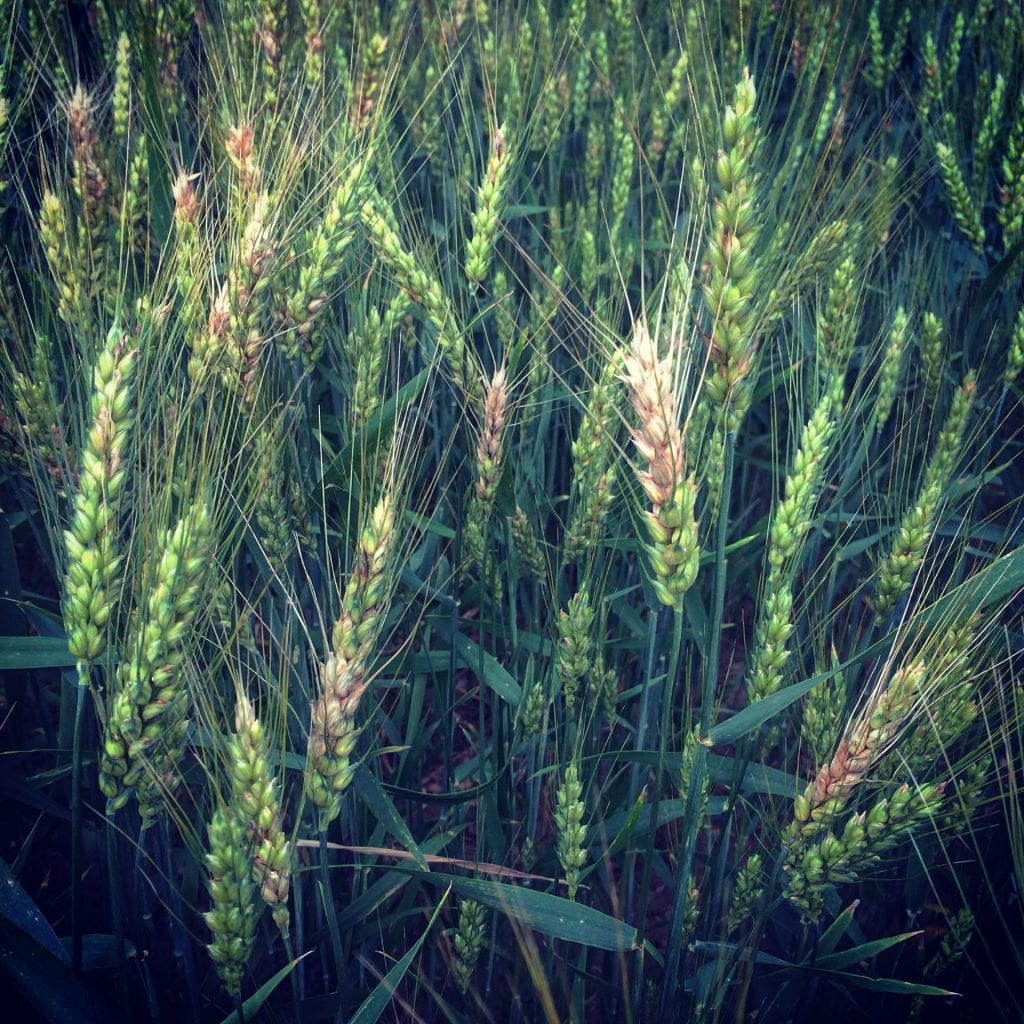Andrew Kness, Agriculture Agent | akness@umd.edu
University of Maryland Extension, Harford County
Each year, data from Universities around the country are aggregated and used to update fungicide efficacy guides for corn, soybean, and wheat. These tables are put together by the Crop Protection Network and can be found on cropprotectionnetwork.org.
These tables serve as handy reference guides to determine the best chemistry to manage certain diseases. The ratings in the table reflect the relative efficacy of a product to manage a given disease, it does not rate yield response to a fungicide. Links to the tables are found below, or contact your Extension agent for a copy.

